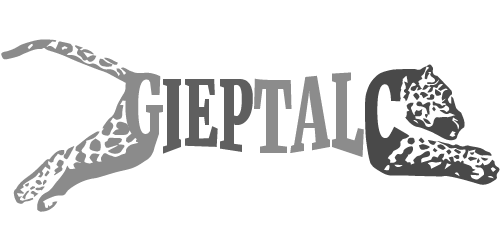One of the most important animals in the worldview of the native American peoples was the jaguar (Panthera onca); also called yaguareté by the guaraníes and received the name of otorongo by the Chavín culture. It was represented by a large number of symbolic valences; some manifested themselves in the use of their skin and others in their anatomy, such as claws and fangs; others, in their behaviors, habits and physical characteristics associated with the worldviews of each of the peoples. The jaguar was personified in many ways and with different materials (stone, ceramics, woods, gold, etc.), as a means of expressing human qualities.

The feline carved on a tombstone in the circular square of the ancient temple of Chavin de Huantar
In Mesoamerican cultures -such as the Olmec- immense rocks were built in the shape of jaguar-men, considering him a powerful nahual –being supernatural who can take animal forms–, an allied spirit that accompanied and protected the shamans as they moved among the earthly world and the spirit realm. For the Mayas, the jaguar –called balam or chaac– represents darkness, the underworld, at the beginning and end of time. Mexica culture shared part of the Mayan vision of the jaguar –whom they called ocelotl– and used it as a symbol of war, creating a powerful elite of fighters: the jaguar warriors.

Aztec jaguar warrior, tlahuahuanque of the ritual sacrificial combat named sacrificio gladiatorio in spanish and tlahuahuanaliztli o tlauauaniliztli in nahuatl, as portrayed in the folio 30r of the Codex Magliabechiano.1
Already the Andean cultures, like the Chavin culture of ancient Peru, the jaguar was seen as the perfect animal, which was in total symbiosis with nature and was capable of capturing virtually any other animal. Likewise, the jaguar is present in other cultures such as the Cupisnique and later in later ones such as Moche, Tiwanaku and Inka.

Kero with handle, burnished black ceramic decorated with paste incision, represents two cats in an aggressive or adored attitude, standing on their hind legs, supporting the tail. A third, smaller feline appears between the two in a more passive attitude.2
With the passing of time, some of these conceptions remained in the traditions of the Latin American peoples, who retake the image of the jaguar in their activities, behaviors and empowerment processes of Our America. It is a symbol associated with the recovery of the wisdom that comes from the past, the focus on the present, and the courage and courage to face the future.
